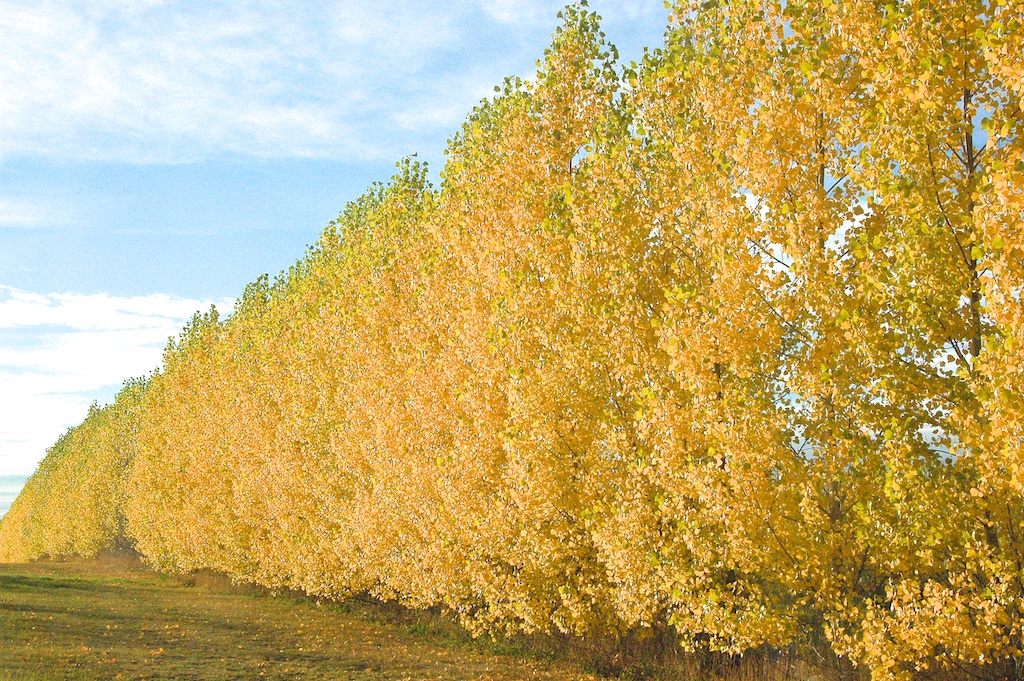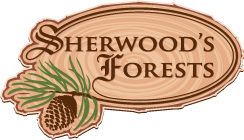
Caption goes here
Tree Willows
An overview of willow possibilities.
Willows offer fast growth, a variety of sizes from ground creepers to large trees. Here we will talk about the tree form ones, and the ones that can be trained to tree form.
Willow downsides.
Untidy Willows tend to drop twigs and leaves in any stiff wind. Indeed, one of my clients says that willows have a lawnmower detector. As soon as it shuts off or goes out of earshot, they pick up on this and drop more twigs on the ground. Most of the time this stuff mulches well in the mower. But after a real windstorm you will find branches too big to mow. Typically a couple times a year.
Irregular growth The result of damage is often a witches broom of new growth. When branches are broken, if you can, get into the tree and cut off the branch remnant right at the branch collar. You will need to follow up with a smaller festoon of new branches from the injury later.
Short life Like poplar, and old willow is unusual. Plan for 30-50 years, then firewood.
Non-natives
Laurel, golden, white, and all of the weeping willows aren't native. Most come from Europe or asia from somewhat gentler climates, where winter doesn't come as fast and furious. This can catch them off guard. An early snow while leaves are still on can break the tree. A partial answer to this: Push them into fall dormancy by not watering after labour day. Water them one more time after the drop their leaves. Halloween for most.
Please be patient

Lodgepole Pine in our front yard.
Got something to say? Email me: sfinfo@sherwoods-forests.com
Interesting? Share this page.
Want to talk right now? Call me: (8 am to 8 pm only, please) 1-780-848-2548
Do not arrive unannounced. Phone for an appointment. Why? See Contact & Hours That same page gives our hours of operation.
Back to Top
Copyright © 2008 - 2021 S. G. Botsford
Sherwood's Forests is located about 75 km southwest of Edmonton, Alberta. Please refer to the map on our Contact page for directions.
